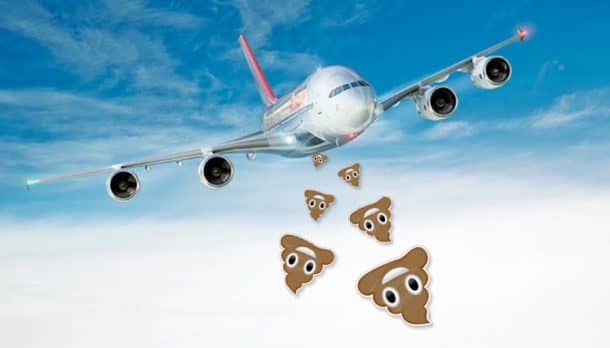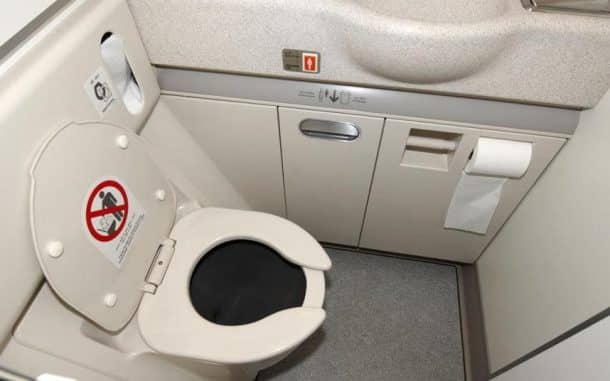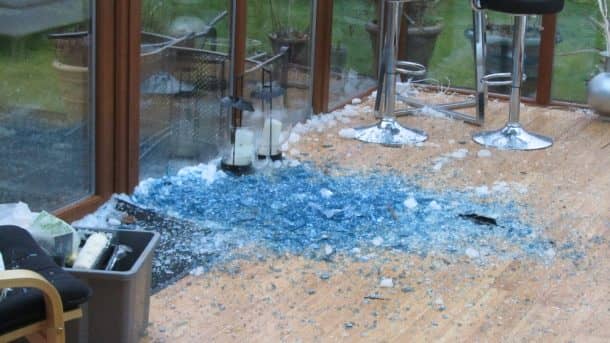There are tons of people in the world that still believe that whatever they excrete out in an airplane toilet, it will be released right into the air. Well, most people have the sanity of not believing it anymore. A few know how this weird flying lavatory works thousands of feet above the surface of the earth in a pressurized cabin.

When the first airplanes were made, the excrements were thrown out of the windows. The planes of the World War II, like the Flying Fortress and Avo Lancaster, pilots utilized chemical toilets; the containers filled with odor-minimizing substances. The British Supermarine Aviation designed the flying boat Supermarine Stranraer in 1934 that had an open toilet. If anyone lifted the lid during the flight, the airflow through it made a whistling noise. This got this plane its name “Whistling Sh*thouse.”

Airplanes do not throw shit mid-air anymore as they now have an advanced waste control technology. The sewage tanks on a jetliner contain the feces until the plane lands. While they look the same, the toilets on a plane function slightly differently.
The Siphon toilet that we use on earth has a water-filled bowl that drains waste by using the effect of passive suction. The airplane lavatories, on the other hand, do not need to flush. Back in the 80s, these toilets used a blue deodorizing liquid called Anotec to move the waste from the toilet bowl to the tanks. Every time a user flushes the toilet, electric pumps circulate fresh fluid all over.
While the Anotec method worked well, it required hundreds of gallons of the liquid to be carried on every flight. The additional weight added to fuel costs and brought down the passenger capacity. The Anotec mix also used formaldehyde and bleach that could trigger severe allergic reactions. At numerous occasions, the liquid leaked out of its tank and seeped out of the hull. The mixture of the liquid and excrement just froze and fused itself to the plane’s surface.
As the airplanes dropped in altitude, these massive balls of feces began to melt, and the hailstones smashed through cars and damaged the roofs of houses. Just between 1979 and 2003, 27 such incidents happened in the United States, throwing balls of blue ice onto houses and people. The balls were so massive that one even ripped through a roof in California in 2006 while destroying a bed.

The suction toilets that the airplanes use now were patented by James Kemper back in 1975. It took years and years for them to become an industry standard. These toilets have Teflon walls and powerful suction, so a little part of a gallon of water is enough to push down the waste. When you press the flush button, a valve opens, and the waste is pulled into a pneumatic vacuum to finally fall into the 200-gallon holding tank. Then there is this one poor person that has to suck this waste out of the tank once the plane lands back.


